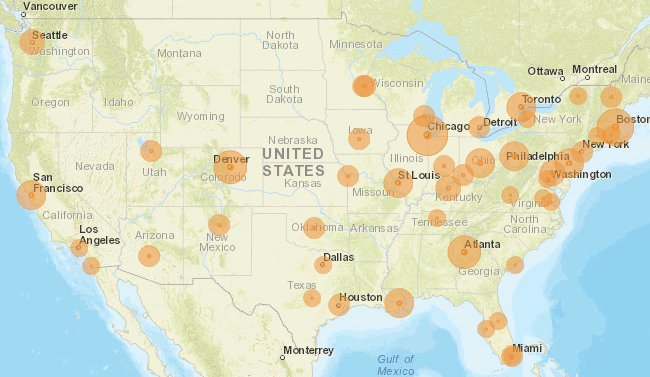Strategic Plan 2022 – 2024, Executive Summary
The NTA embarked on its first ever strategic planning process and the Board of Directors approved the full plan on December 13, 2021. The Strategic Planning Committee, comprised of NTA members and leadership from various disciplines and organizations and led by a professional strategic planning firm, considered the mission, vision, stakeholders, priorities, and directions the NTA should consider in the future. Then, they determined goals the organization should concentrate on for the next three years. Finally, a commitment was made by the leadership and the existing committee structure within NTA to work on the goals identified in the strategic plan throughout the year, assess success by the identified metrics and share progress with the membership on a regular basis, both on the NTA website and at the annual membership meeting.
Please note that much of the detail and background is not included here for the sake of brevity. We encourage you to review the entire Strategic Plan to get the full picture of the process. To comment on the strategic plan, please email us at nta@ntanet.org.
The Strategic Plan consists of four sections: 1) Vision: communicates the organization’s core aim to current and prospective members, stakeholders, partners, and other interested parties, 2) Mission: communicates to current and prospective members the objectives and the activities of the organization to achieve its vision, 3) Strategic Priority Areas: areas of focus for the length of the plan, includes what groups NTA should focus on for special outreach, 4) Goals and Metrics for Success for each Strategic Priority Area: specific operational tasks and quantifiable ways to measure completion or success.
Vision
Empowering the broader tax community to develop fair and efficient government tax and spending programs through NTA members’ research, education, and collaboration.
Mission
• Advance and disseminate cutting-edge research on tax policy and administration to a broad audience
• Foster collaboration among public finance professionals, including accountants, economists, lawyers, policymakers, practitioners, and tax administrators
• Provide professional development and mentoring to a diverse and inclusive membership
• Help the public understand the consequences of tax and fiscal policy
Strategic Priority Areas
• Research Excellence
• Collaboration and Engagement
• Career Pathways
• Diversity and Inclusion
Five groups should be considered and engaged in each of the Strategic Priority Areas: (1) early career professionals; (2) graduate students; (3) non-economists; (4) researchers; and (5) special interest organizations focused on underrepresented groups.
Goals for Each Strategic Priority Area: Please note the goals for the next year are the only goals included here. The metrics for success for each goal are not included here. For all the goals identified in the plan and the metrics for success for each, please review the full Strategic Plan.
Research Excellence
• Investigate new ways to disseminate tax policy research and to highlight National Tax Journal (NTJ) articles to a broader audience
• Stream videos from the annual conference on the NTA website
Collaboration and Engagement
• Increase interdisciplinary sessions
• Explore whether to include a one-year membership with conference registration for new members
• Investigate new organizations with which the NTA can collaborate
Career Pathways
• Expand mentoring programs
• Expand fellowships for early career scholars from underrepresented groups, institute fundraising to finance these initiatives, and consider adding these initiatives to the regular NTA budget
Diversity and Inclusion
• Add a new Diversity and Equity Committee to the current listing of NTA Board of Directors committees
• Define what diversity and equity mean to the NTA (e.g., racial, ethnic, sexual identity, disability status, organizational diversity, geography, research methods and focus)
• Ensure adequate representation of underrepresented groups in the NTA leadership
• Benchmark the demographic composition of the membership, award recipients, and conference attendees
• Investigate the potential for collaboration with organizations that focus on underrepresented groups (e.g., American Society of Hispanic Economists, Association for Economic Research of Indigenous Peoples, Committee on the Status of Women in the Economics Profession, Committee on the Status of Minority Groups in the Economics Profession, International Association for Feminist Economists, National Economic Association, Sadie Collective)
![National Tax Association [ National Tax Association ]](https://ntanet.org/wp-content/themes/nta-custom/library/images/nta-whitebg-web-top.svg)


![National Tax Association [ NTA ]](https://ntanet.org/wp-content/themes/nta-custom/library/images/nta-white-logo.svg)